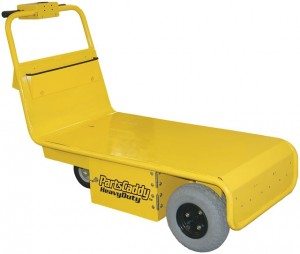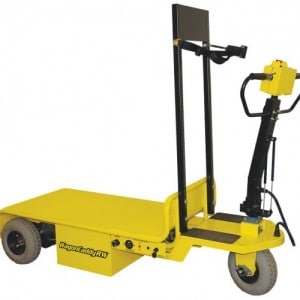At DJ Products, we make a number of material handling solutions that are used in warehouses, hospitals, hotels and a number of other workplaces where workers need to transport heavy loads. And if you are already using our products in these areas, then you know that our power movers and trailer movers eliminate the pain and strain of manually pulling and pushing a heavy cart and wheeled equipment and are also less costly, smaller, and more maneuverable than traditional powered equipment.
But have you also considered using a simple electric cart for other areas of your enterprise? People in your offices may have need of an electric cart for transporting office supplies—boxes of paper, printer cartridges, samples for demonstrations, food orders for group meetings, and presentation materials such as projectors.
Just as you do not want the staff on the industrial side of things becoming strained, you also do not want your office staff hurting themselves either. There is a temptation for people in offices to think that they can just carry heavy loads on their own since they are not doing the kind of heavy lifting that warehouse workers do on a regular basis. They may not have an appreciation for the kind of musculoskeletal strain that carrying a cumbersome load ‘just this once’ can produce.
You and your busy staff will appreciate how our electric cart arrives charged and requires no assembly, so you can put it to use right away. In fact once you have an electric cart for use in the office, you will wonder how you managed without it.

